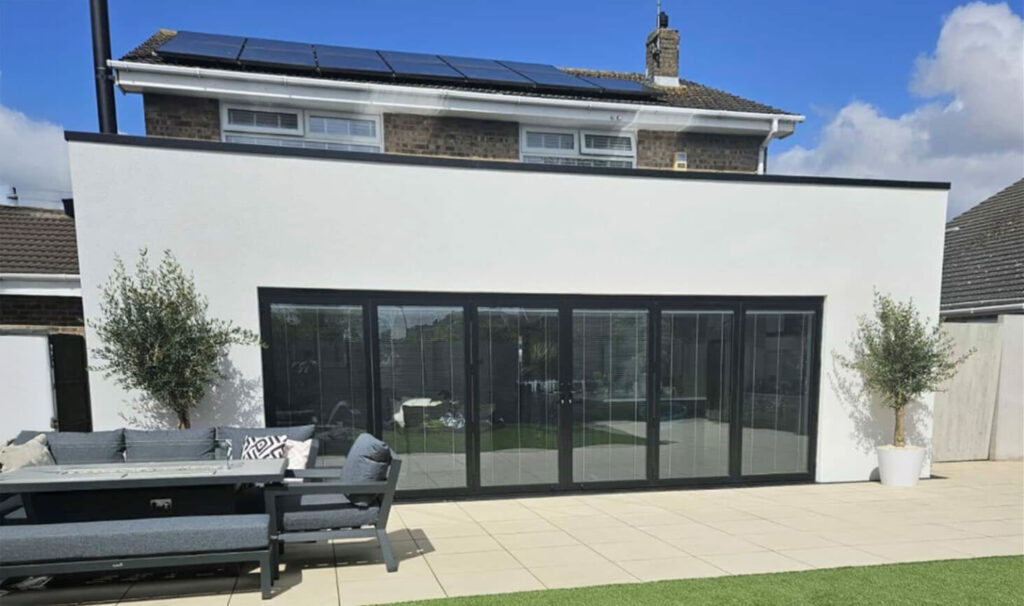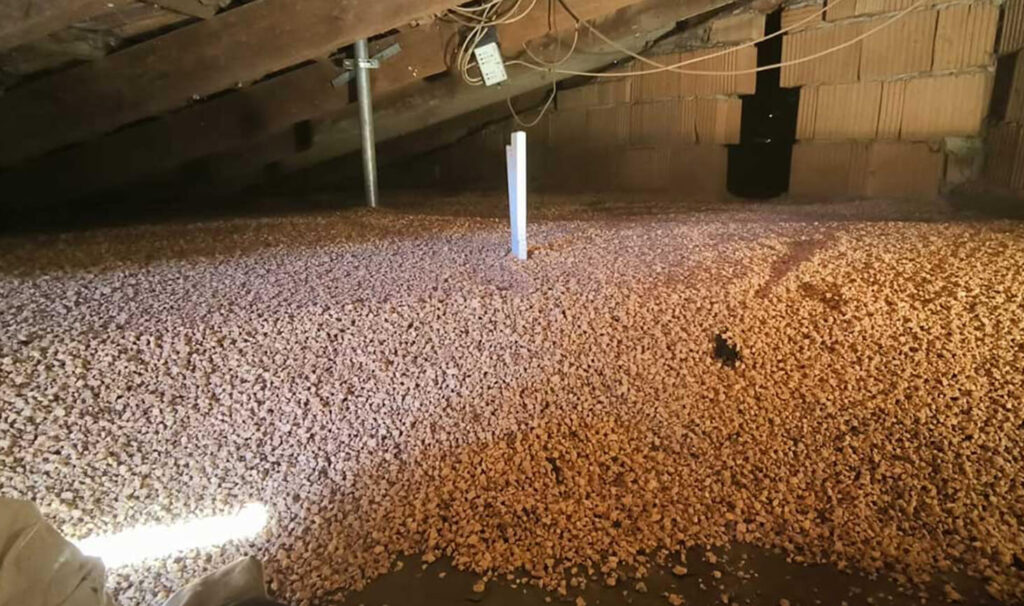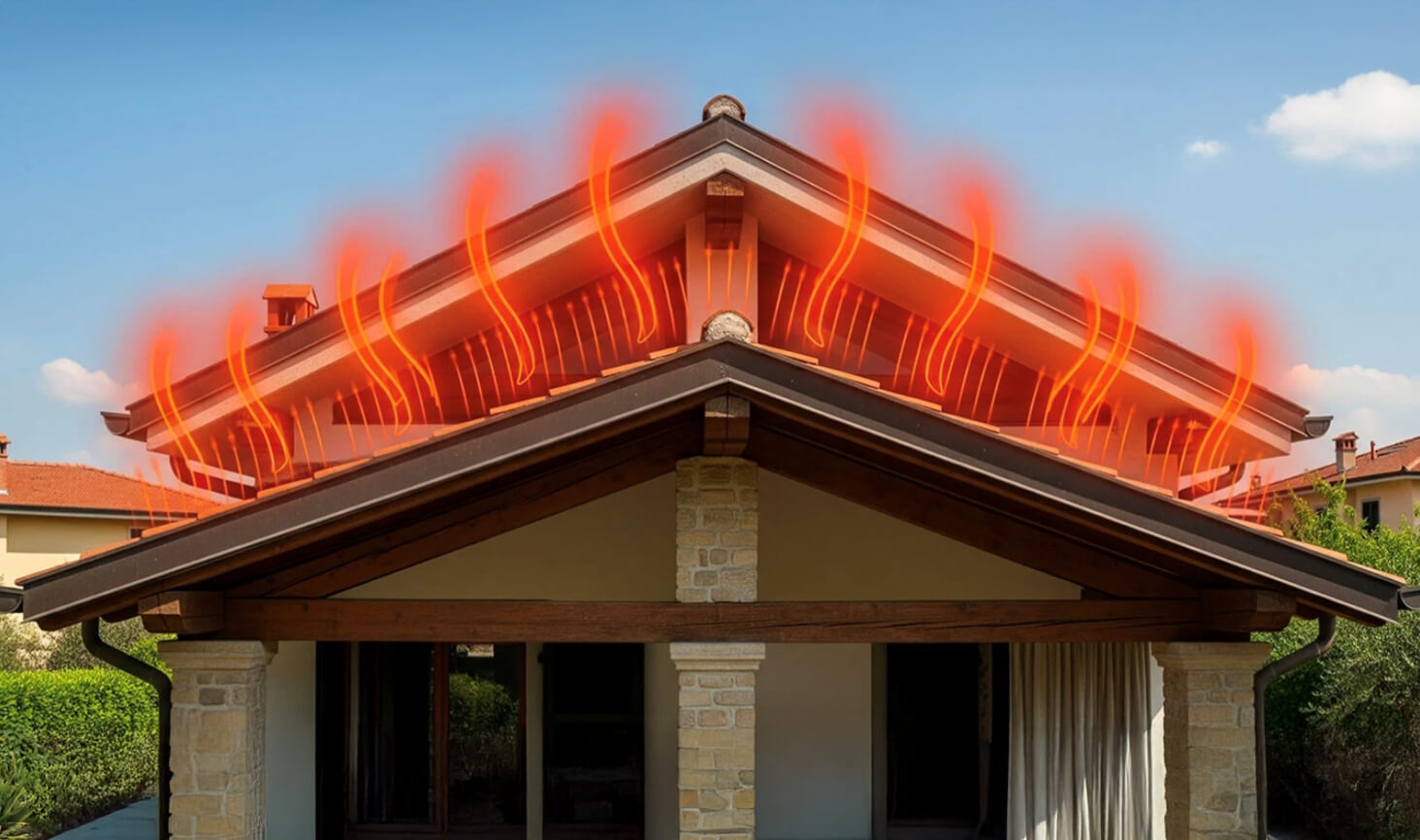Picture: Coverd
Most homes in the UK are not built to withstand the heatwaves we are currently experiencing. For many years, Government policy has been focused on energy efficiency without looking at the possibility of overheating.
As a result, millions of British homes have been built with winter insulation in mind rather than the need to keep cool during the summer months. Even the government’s own climate advisers, the Climate Change Committee (CCC), now admit the design of our homes risks “locking in” the impacts of climate change, such as extreme heat.
So what can be done?

Picture: CorkSol UK
It’s a hot summer day and your home feels like an oven. Most people think of opening all the windows but when it’s 25°C or even 30°C outside, that only makes the problem worse.
Insulating your home for summer might sound counterintuitive. Doesn’t insulation keep more heat inside? Not exactly. Insulation actually stops heat passing through, making it easier to regulate the temperature inside your home.
Key areas for insulation: walls & windows and the roof/attic

Picture: CorkSol UK
Cork is increasingly used for home insulation because of its unique cellular structure and its low thermal conductivity of 0.037-0.040 W/(mK). This value shows the high thermal inertia of cork and is explained by the fact that every 1cm3 of cork contains 40 million cells of air making up 90% of its volume. Substances that contain air are excellent thermal insulators which is why if you want to insulate your windows, you use two panes of glass with a barrier of air in between them.
Roof/attic

Picture: Coverd
An innovative solution to combat the summer heat is insulating the attic with natural cork
Anyone who’s been up to their loft or roof space in summer knows just how much heat gets through a standard roof. It’s up to you to prevent that heat spreading through your home. Loft insulation can keep it trapped in your loft. The Italian company Coverd.it claim that Insulating the attic with cork granules can be carried out in a day. With no need for invasive work, the cork granules intercept heat from the roof before it enters the house. They also claim a reduction of internal temperature of up to 4°C less inside the home in the summer months preventing the rooms below from overheating while also keeping the home warmer in winter.
Alternatively, as many UK residents have already converted the attic into living space, cork insulation can be applied directly to the underside of the roof’s surface.
Walls & Windows

Picture: CorkSol UK
Windows are great for letting natural light into your home. But that sunlight doesn’t come on its own. In fact, an amazing 76% of it turns into heat after passing through standard double-glazed windows.
To stop it, you can choose to block the light itself with blinds or curtains (thermally lined ones are best). You can also upgrade your windows with thermally efficient glazing, add UV-resistant secondary glazing on the inside or apply heat-resistant film to the surface of your windows.
For the walls, an external coating from CorkSol UK Ltd can make a significant difference. The company claims their SprayCork coating is 7-8 times more insulating than traditional renders making it ideal for keeping you cool as well as reducing your heating bills through the winter (SprayCork coating) .
Finally, choosing a white colour for the external coating obviously helps too. In Greece they paint roofs white and walls a lighter shade to reflect the sun’s radiation. This isn’t just speculation. One study found that such passive cooling methods result in an average temperature drop of 2.2C, and a reduced cooling load of 31% and a 29% saving in energy consumption:
Thanks to Jamie Orr at CorkSol UK Ltd: https://corksoluk.com/help-articles/should-you-insulate-your-home-for-summer/#:~:text=Insulation%20in%20summer,for%20you%20and%20the%20environment.
Thanks to Coverd.it: https://www.coverd.it/isolamento-termico/sottotetto-il-segreto-per-una-casa-piu-fresca-destate/
#HeatWave #ClimateAdaptation #ClimateChangeMitigation #Overheating




